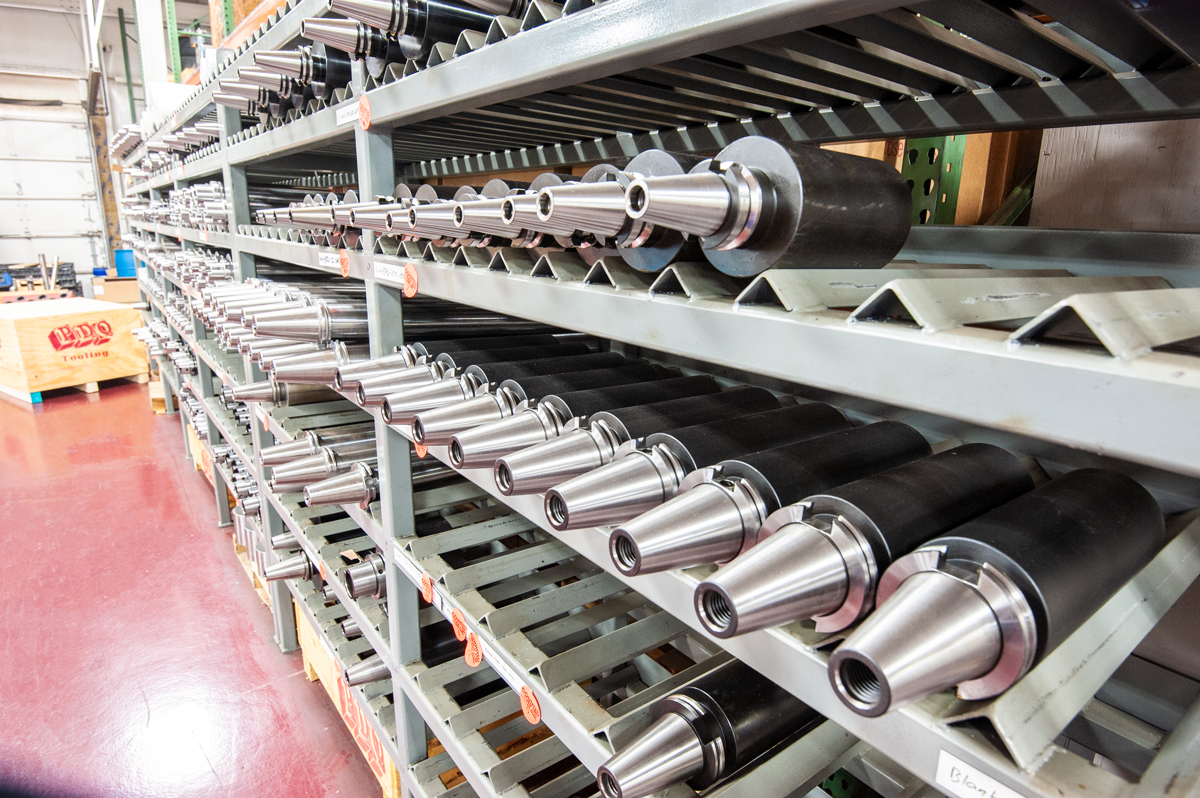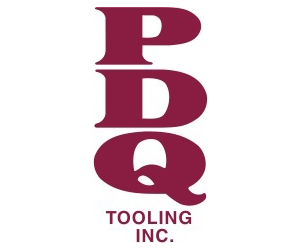
Walter USA LLC has acquired PDQ Workholding LLC (PDQ), Columbia City, Indiana, specialist in workholding fixtures and tooling for various industries, including automotive and general engineering.
With the acquisition of PDQ, Walter will strengthen its offering of workholding products, primarily to customers based in the Americas, and allow earlier access to component projects to improve efficiency and develop future sales of cutting tools.
Also, it supports the Walter strategy to grow in advanced machining solutions and lightweight materials in a key region. This includes increasing its exposure to aluminum machining applications and enhancing partnerships with Machine Tool Builders.
Christoph Geigges, President of Walter, said: “When a customer begins designing a new product or component, they procure fixtures ahead of cutting tools. Therefore, PDQ has early access to new projects, creating a first-move advantage on the sale of cutting tools.
“PDQ is one of the leading custom workholding companies in the US, focusing on advanced fixtures used by companies in the same targeted industries as Walter. We know the initial tool supplier to any projects captures much of the replacement tool value in the first three years.
“Therefore, having PDQ within our portfolio of companies will significantly enhance our business opportunities in the Americas and strengthen our value proposition to customers. We are delighted to have PDQ within the Walter organization, and we look forward to working with them.”
Founded in 2010, PDQ operates from two manufacturing sites, Columbia City, Indiana, and Slinger, Wisconsin, and has 107 employees. The company focuses on custom stationary, hydraulic, and automated fixtures, alongside indexable tool bodies and carbide round tools. PDQ has a strong customer base, with 80% of sales in the United States, and the remainder split between Mexico, Canada, Argentina, Switzerland, Thailand and South Africa.
Walter, a global leader in the metalworking industry for over 100 years, offers a wide range of precision tools for milling, turning, drilling and threading applications.
Contact Details
Contact Details
Related Glossary Terms
- gang cutting ( milling)
gang cutting ( milling)
Machining with several cutters mounted on a single arbor, generally for simultaneous cutting.
- metalworking
metalworking
Any manufacturing process in which metal is processed or machined such that the workpiece is given a new shape. Broadly defined, the term includes processes such as design and layout, heat-treating, material handling and inspection.
- milling
milling
Machining operation in which metal or other material is removed by applying power to a rotating cutter. In vertical milling, the cutting tool is mounted vertically on the spindle. In horizontal milling, the cutting tool is mounted horizontally, either directly on the spindle or on an arbor. Horizontal milling is further broken down into conventional milling, where the cutter rotates opposite the direction of feed, or “up” into the workpiece; and climb milling, where the cutter rotates in the direction of feed, or “down” into the workpiece. Milling operations include plane or surface milling, endmilling, facemilling, angle milling, form milling and profiling.
- threading
threading
Process of both external (e.g., thread milling) and internal (e.g., tapping, thread milling) cutting, turning and rolling of threads into particular material. Standardized specifications are available to determine the desired results of the threading process. Numerous thread-series designations are written for specific applications. Threading often is performed on a lathe. Specifications such as thread height are critical in determining the strength of the threads. The material used is taken into consideration in determining the expected results of any particular application for that threaded piece. In external threading, a calculated depth is required as well as a particular angle to the cut. To perform internal threading, the exact diameter to bore the hole is critical before threading. The threads are distinguished from one another by the amount of tolerance and/or allowance that is specified. See turning.
- turning
turning
Workpiece is held in a chuck, mounted on a face plate or secured between centers and rotated while a cutting tool, normally a single-point tool, is fed into it along its periphery or across its end or face. Takes the form of straight turning (cutting along the periphery of the workpiece); taper turning (creating a taper); step turning (turning different-size diameters on the same work); chamfering (beveling an edge or shoulder); facing (cutting on an end); turning threads (usually external but can be internal); roughing (high-volume metal removal); and finishing (final light cuts). Performed on lathes, turning centers, chucking machines, automatic screw machines and similar machines.








